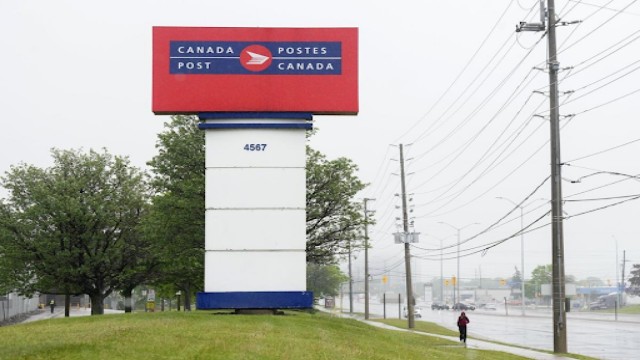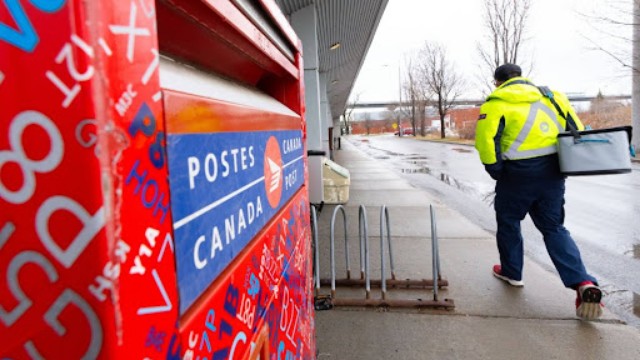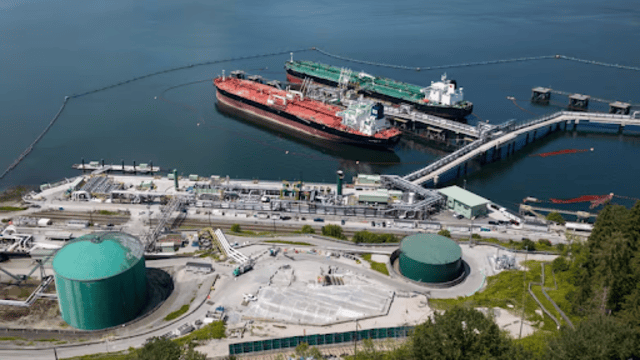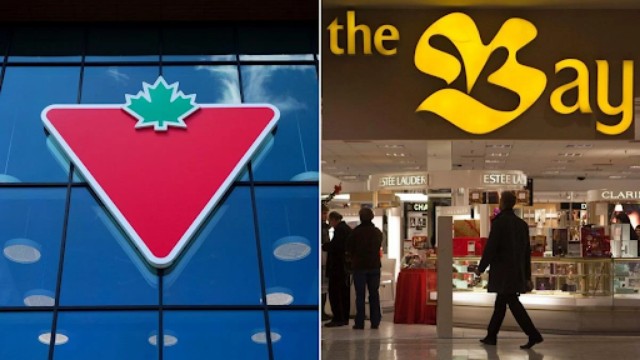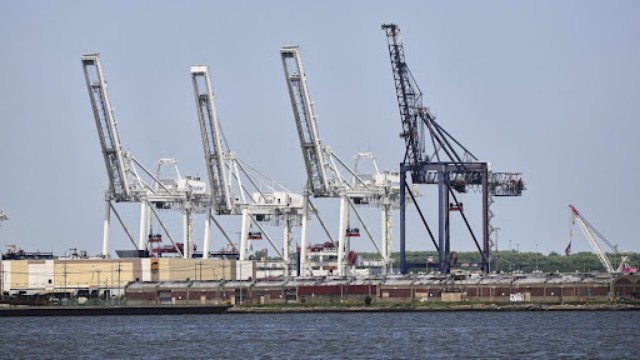
Canada’s inflation rate slowed to 1.7% in April, largely because prices dropped after the federal government scrapped the consumer carbon tax, says Statistics Canada. But when gas and other unstable items are left out, the key inflation figures actually went up in April — with some rising above 3%.
Canada’s inflation rate dropped to 1.7% in April, a noticeable decline from 2.3% in March. The change follows the federal government’s decision to scrap the consumer carbon tax, a move that led to a significant drop in fuel prices. According to Statistics Canada, falling energy costs, especially gas and natural gas, played a major role in slowing inflation.
Gas prices in April were 18.1% lower than a year ago, offering some relief to Canadians at the pumps. Natural gas also saw a 14.1% drop compared to the same time last year. These declines eased pressure on the overall cost of living, pushing the inflation rate down to its lowest level in recent months.
However, beneath the surface, not all the news was good. Measures of core inflation — which ignore the more unpredictable swings in prices like gas — actually climbed. Some of these indicators went above 3%, well past the Bank of Canada’s ideal target of 2%. This suggests that although gas prices brought down the headline rate, the overall cost of everyday items is still rising steadily.
Douglas Porter, chief economist at BMO, warned that the drop in energy prices might be hiding a less hopeful picture. “The relief at the pumps covered up price increases elsewhere,” he explained. Rising costs for food and vehicles, possibly influenced by global trade tensions, are pushing core inflation upward.
Groceries in particular have become noticeably more expensive. In April, food prices rose by 3.8% compared to a year ago — higher than March’s 3.2% increase. For the third month in a row, grocery inflation has outpaced the overall rate. Items like fresh vegetables, frozen beef, coffee, tea, and sugary treats all became costlier, according to StatsCan. Even restaurant meals weren’t spared, with prices ticking up as well.
The Bank of Canada has its next interest rate announcement scheduled for June 4. While a recent weak job report had raised hopes for a rate cut, the unexpected jump in core inflation could lead the central bank to hold off. Porter believes a rate cut could still happen in the near future due to forecasts of slow economic growth in 2025, but cautioned that the Bank might wait for more clarity on where inflation is headed.
Another factor affecting inflation is the housing market. Shelter inflation, which covers rent and housing costs, dipped to 3.4% in April — the lowest since 2021. Tu Nguyen, an economist with RSM Canada, pointed to tighter immigration policies and a cooler housing market as key reasons for this trend. She also noted that shelter prices are likely to stay steady over the next few months.
Although Canadians may enjoy some temporary savings at the pump, rising grocery bills and uncertain economic signals are keeping the bigger inflation picture complex and uncertain.


